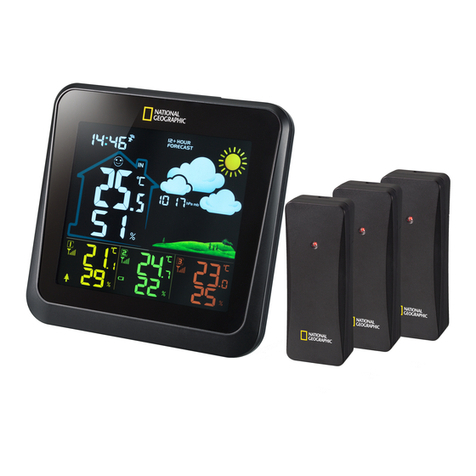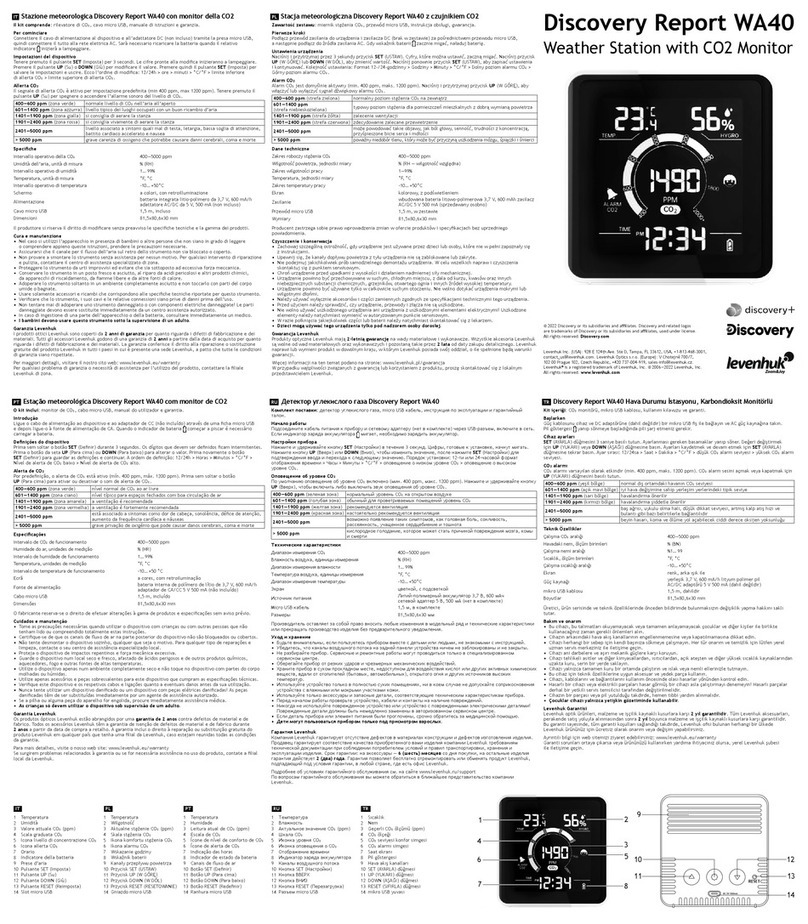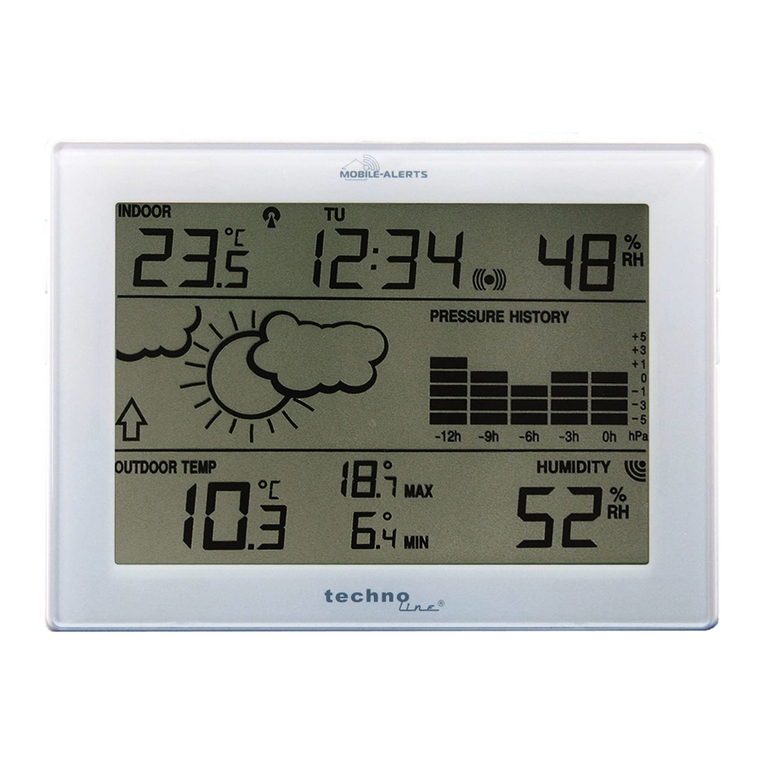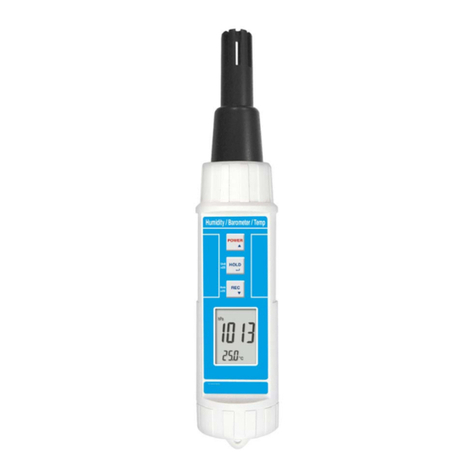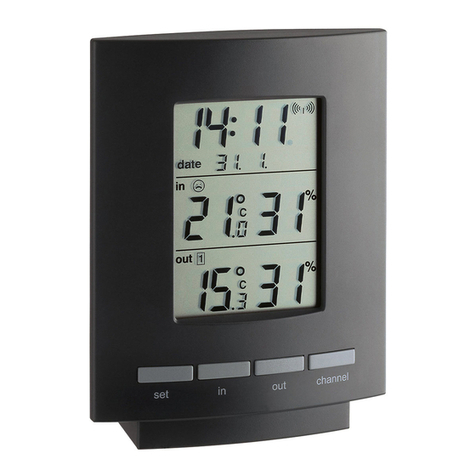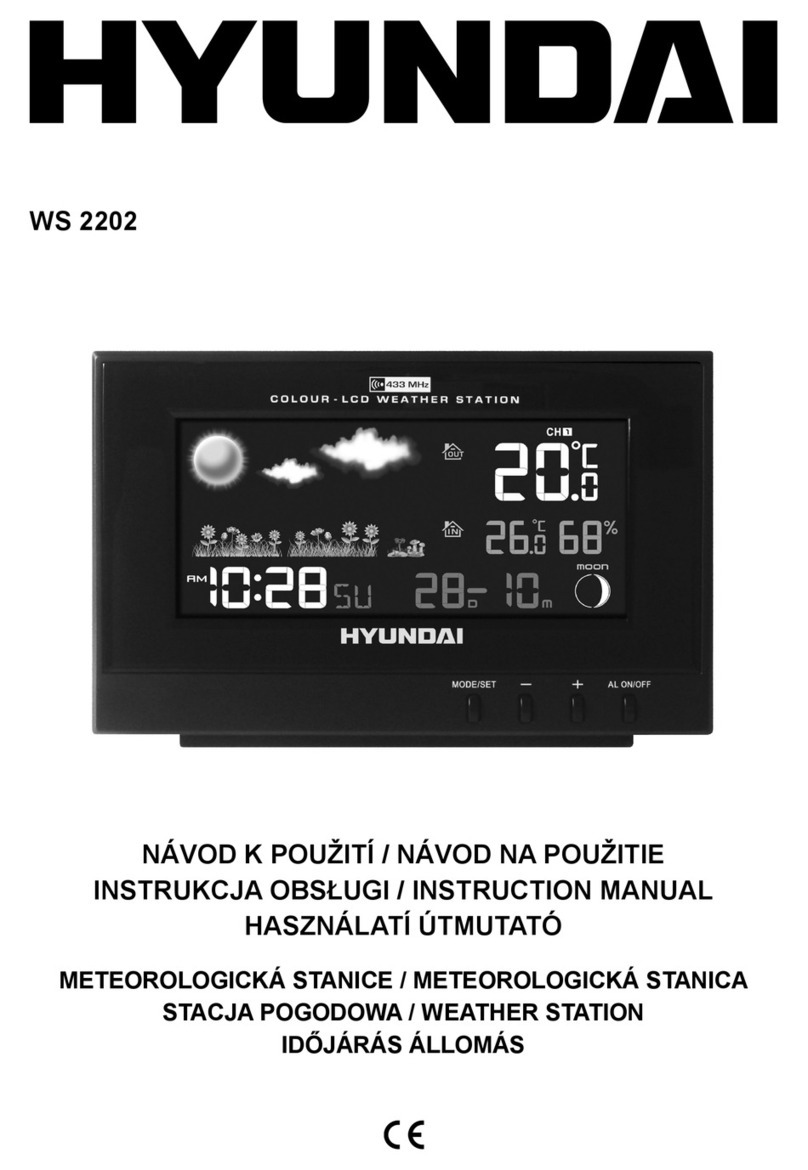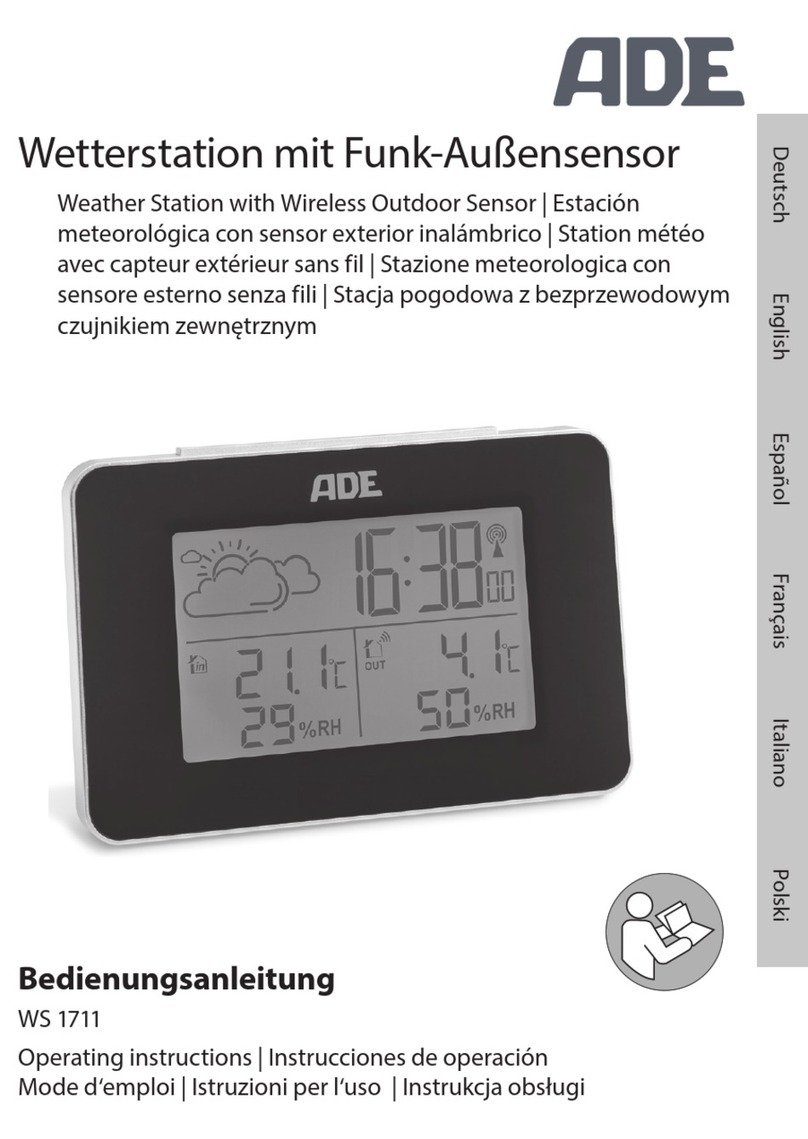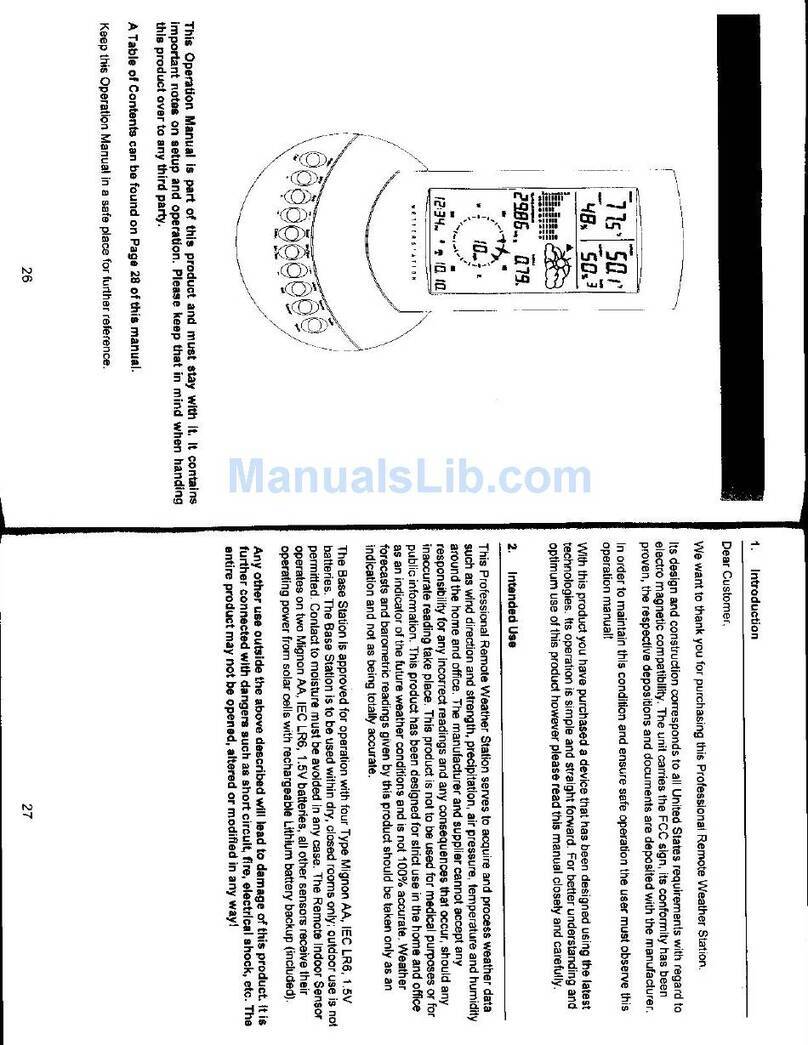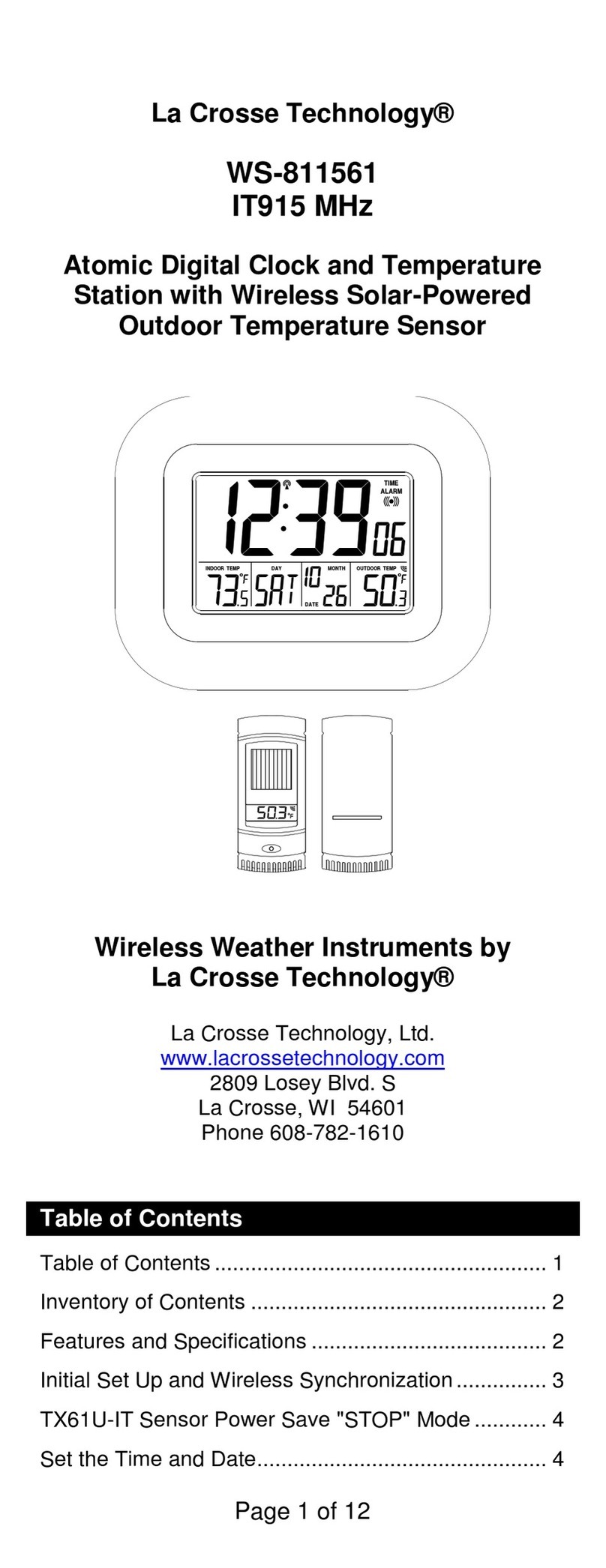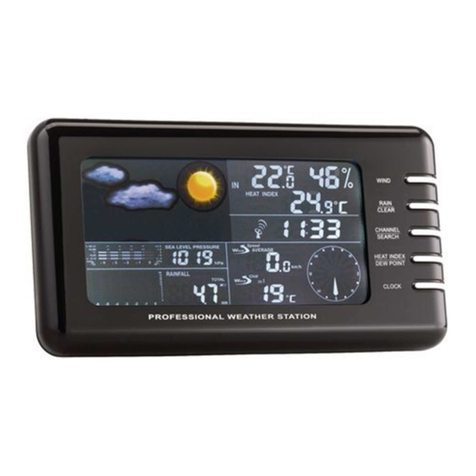
Contents . . . . . . . . . . . . . . . . . . . . Page
1. INTRODUCTION TO THE NOMAD ................ 7
1.1 Three Versions .................... 7
1.2 Features and Applications ............... 7
2. COMMISSIONING . ...................... 9
2.1 ScheduleofParts ................... 9
2.2 Siting . . ......................10
2.3 Preparing for Use . . . ................10
2.4 DeployingtheSensors.................11
3. OPERATION USING A DIRECT LINK BETWEEN PC AND NOMAD, VIA
FLASH CARDS, CABLE, GSM MODEM, OR HIGH POWER RADIO . . 15
3.1 StartLogging .....................15
3.2 Get Stored Data ....................15
3.2.1 Download Sensus Store . . ..........16
3.2.2 Download to a CompactFlash Card . . . ....16
3.2.3 Download CompactFlash Cards .........16
3.3 Read Data from the Sensus Display . ..........16
3.4 Display Real-Time Data ................17
3.5 View Downloaded (Cloned) Data . . ..........18
4. OPERATION USING A PASSIVE RADIO LINK BETWEEN PC
ANDNOMAD .........................19
4.1 StartLogging .....................19
4.2 Display Real-Time Data ................19
4.3 View Downloaded (Cloned) Data . . ..........20
5 ONLINE PRO APPLICATION SOFTWARE . . . ..........21
5.1 Introduction to Online Pro, Version 1.2 .........21
5.2 Installation / Un-Installation on Windows
TM
95, 98,
ME, NT 4 & 2000 . . . ................22
5.2.1 Installation . . ................23
5.2.2 Un-Installation . ................23
5.2.3 Starting Online Pro for the First Time . . ....23
5.2.4 Password Protection ..............24
5.2.5 Loading a Default File . . . ..........24
5.3 Operation in Real-Time ................25
5.3.1 Viewing Pages and Operating in Real-Time . . . 26
5.3.2 Setting Up Pages ................28
5.3.3 Adding Real Time Display Items ........29
5.3.4 Saving the Display File . . . ..........33
5.3.5 Web Page Output ...............34
5.4 WorkingwithHistoricData...............35
5.4.1 Downloading (Cloning) Data ..........35
5.4.2 Downloading from CompactFlash
TM
Cards....36
5.4.3 Converting Online and CompactFlash Files ....36
5.4.4 Viewing Historic Data . . . ...........37
5.5 DynamicDataExchange................40
6. THE NOMAD SYSTEM COMPONENTS ..............41
6.1 The Sensors Used with Nomad Systems .........41
6.2 Combined Air Temperature and Relative Humidity Sensor 42
6.2.1 Temperature Sensor Specification ........42
6.2.2 Humidity Sensor Specification .........42
6.2.3 General Specification ..............43
6.3 WindSpeedSensor ..................43
Contents
Page 5 of 68
NOMAD Portable Weather Station
Users Handbook
